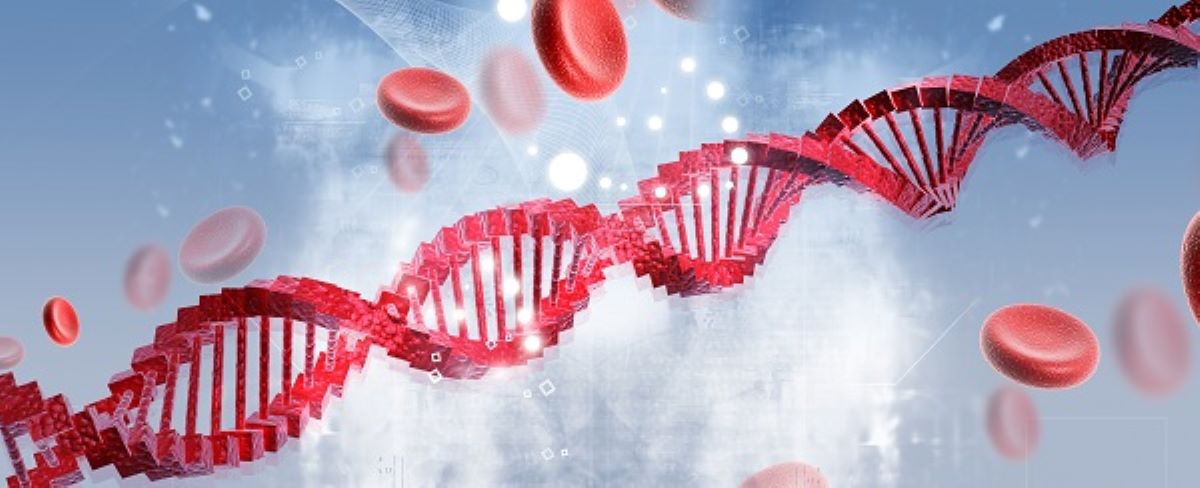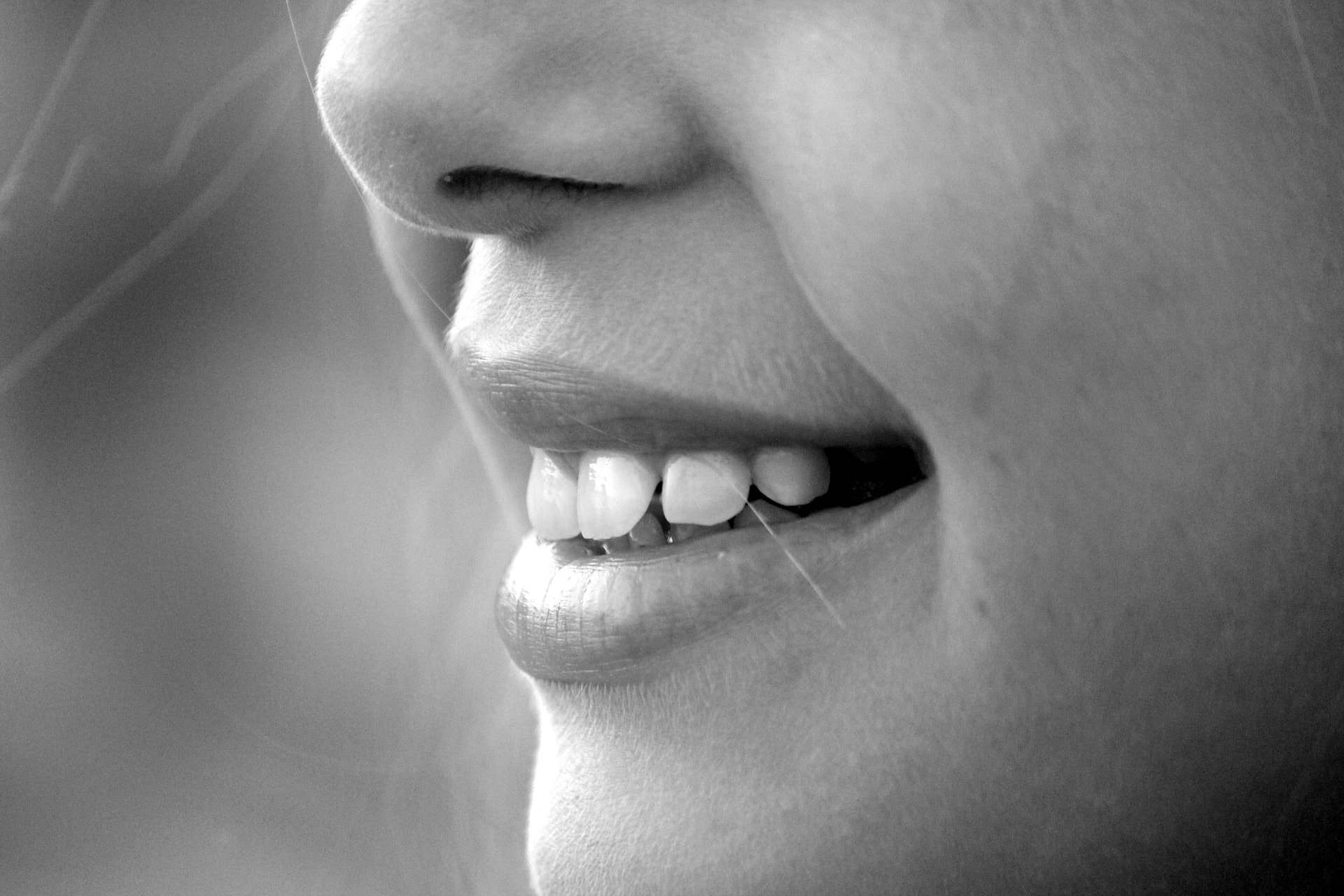
What is Lyngstadaas Syndrome? It's a rare genetic disorder that affects the liver and teeth. Named after Norwegian professor Ståle Petter Lyngstadaas, this condition is caused by a deficiency in the enzyme steroid dehydrogenase. This enzyme is crucial for steroid metabolism, and its absence leads to toxic cholesterol buildup in the liver, causing liver disease and early cirrhosis. People with Lyngstadaas Syndrome also experience severe dental anomalies like missing teeth and malocclusion. Inherited in an autosomal recessive manner, both parents must carry the mutated gene for their child to be affected. This syndrome is rare, affecting fewer than 200,000 people in the U.S.
Key Takeaways:
- Lyngstadaas Syndrome is a rare genetic disorder affecting the liver and teeth, causing severe dental anomalies and liver disease. Genetic counseling and reproductive options can help families manage the risk of passing on the disease.
- Regular dental check-ups and orthodontic treatment are crucial for managing dental anomalies in Lyngstadaas Syndrome. Supportive therapies like physical and psychological counseling can help improve overall well-being for individuals with the condition.
What is Lyngstadaas Syndrome?
Lyngstadaas syndrome, also known as severe dental aberrations in familial steroid dehydrogenase deficiency, is a rare genetic disorder. It affects both the liver and teeth, leading to significant health challenges.
-
Definition and Synonyms
Lyngstadaas syndrome is a rare genetic disorder that affects the liver and is associated with severe dental anomalies. It is also known as steroid dehydrogenase deficiency-dental anomalies syndrome. -
Cause
The primary cause is a deficiency in the enzyme steroid dehydrogenase. This enzyme is crucial for steroid metabolism, and its absence leads to toxic cholesterol metabolites accumulating in the liver.
How is Lyngstadaas Syndrome Inherited?
Understanding the genetic inheritance of Lyngstadaas syndrome can help families grasp the risks and implications.
-
Genetic Inheritance
Lyngstadaas syndrome is an autosomal recessive disorder. Individuals must inherit two copies of the mutated gene (one from each parent) to develop the disease. -
Consanguinity
This syndrome often occurs in families with a history of consanguinity, where relatives marry within the family, increasing the likelihood of inheriting recessive genetic mutations.
What are the Symptoms?
The symptoms of Lyngstadaas syndrome can vary widely, affecting both the liver and dental health.
-
Liver Disease
Toxic cholesterol metabolites in the liver lead to progressive liver disease and early cirrhosis, causing liver dysfunction, jaundice, and ascites. -
Dental Anomalies
Severe dental aberrations are a hallmark of Lyngstadaas syndrome. These can include malocclusion, tooth agenesis (absence of teeth), and other dental abnormalities. -
Other Complications
Some individuals may experience growth retardation, developmental delays, and other systemic issues.
How is Lyngstadaas Syndrome Diagnosed?
Diagnosis involves a combination of clinical evaluation, laboratory tests, and genetic analysis.
-
Clinical Evaluation
A thorough medical history and physical examination can help identify liver disease and dental anomalies. -
Laboratory Tests
Blood tests can reveal elevated levels of cholesterol metabolites and other biochemical abnormalities indicative of liver dysfunction. -
Genetic Analysis
Molecular genetic testing can confirm the presence of the mutated gene responsible for the enzyme deficiency, typically through DNA sequencing.
How is Lyngstadaas Syndrome Managed?
While there is no cure, management strategies aim to alleviate symptoms and slow disease progression.
-
Liver Transplantation
In severe cases, liver transplantation may be necessary to replace the damaged liver with a healthy one. -
Dental Care
Regular dental check-ups and orthodontic treatment can help manage dental anomalies and improve oral health. -
Supportive Care
Patients may require nutritional supplements, medications to manage liver function, and other supportive therapies to manage complications.
What is the Epidemiology of Lyngstadaas Syndrome?
Understanding the prevalence and distribution of Lyngstadaas syndrome can provide insights into its impact.
-
Epidemiology
Lyngstadaas syndrome is a rare condition, affecting less than 200,000 people in the US population. It is listed as a rare disease by the Office of Rare Diseases. -
Prevalence
The exact prevalence is difficult to determine due to its rarity, but it is estimated to affect a small number of individuals worldwide, primarily in consanguineous families.
What Role Does Family Health History Play?
Family health history is crucial for identifying potential cases of Lyngstadaas syndrome.
-
Family Health History
Collecting family health history can help identify potential cases. Information about other family members with similar symptoms and the onset of symptoms should be discussed with a medical team. -
Genetic Counseling
Genetic counseling helps families understand their risk of developing the disease and provides guidance on reproductive options if they are carriers of the mutated gene.
What are the Reproductive Options?
For carriers of the mutated gene, reproductive options can help prevent passing the disease to offspring.
- Reproductive Options
Preimplantation genetic diagnosis (PGD) involves testing embryos for the presence of the mutated gene before implantation during in vitro fertilization (IVF).
How Important is Dental Care?
Dental care is a critical aspect of managing Lyngstadaas syndrome.
- Dental Care
Regular dental check-ups and orthodontic treatment can help manage dental anomalies and improve oral health. Orthodontic treatment may include braces or other appliances to correct malocclusion and improve dental alignment.
What Supportive Therapies are Available?
Supportive therapies can help manage the physical and emotional challenges associated with Lyngstadaas syndrome.
- Supportive Therapies
Physical therapy, occupational therapy, and psychological counseling may be necessary to manage the physical and emotional challenges associated with Lyngstadaas syndrome. These therapies can help improve mobility, cognitive function, and overall well-being.
The Impact of Lyngstadaas Syndrome
Lyngstadaas syndrome, a rare genetic disorder, affects both the liver and teeth. This condition, caused by a deficiency in the enzyme steroid dehydrogenase, leads to severe liver disease and dental anomalies. Inherited in an autosomal recessive manner, it requires two copies of the mutated gene for symptoms to appear. Diagnosis involves clinical evaluation, lab tests, and genetic analysis. While there's no cure, management includes liver transplantation, dental care, and supportive therapies. Genetic counseling and reproductive options like preimplantation genetic diagnosis can help families at risk. Awareness and education are crucial for early diagnosis and better management. Though rare, Lyngstadaas syndrome significantly impacts those affected, highlighting the need for ongoing research and comprehensive care strategies. Understanding this condition can improve the quality of life for individuals and families dealing with its challenges.
Frequently Asked Questions
Was this page helpful?
Our commitment to delivering trustworthy and engaging content is at the heart of what we do. Each fact on our site is contributed by real users like you, bringing a wealth of diverse insights and information. To ensure the highest standards of accuracy and reliability, our dedicated editors meticulously review each submission. This process guarantees that the facts we share are not only fascinating but also credible. Trust in our commitment to quality and authenticity as you explore and learn with us.


